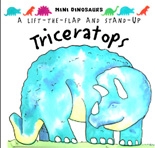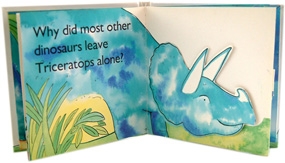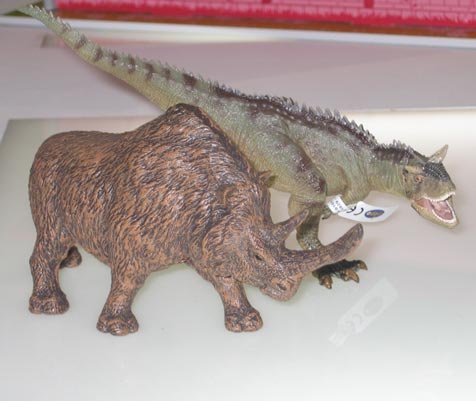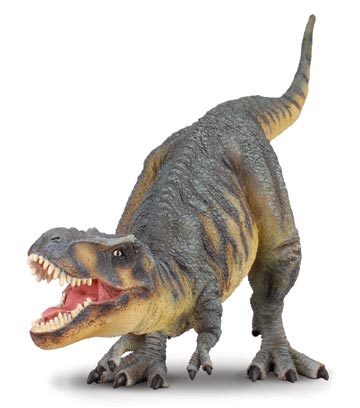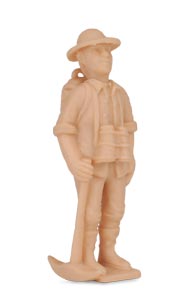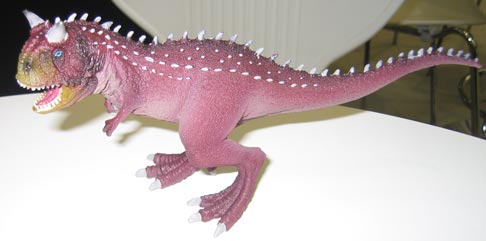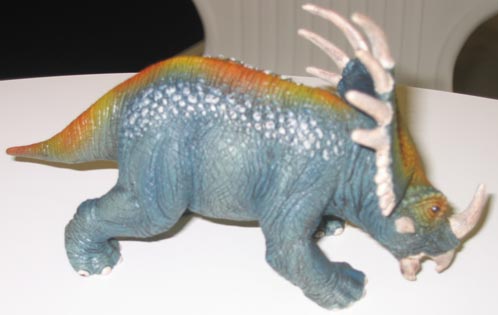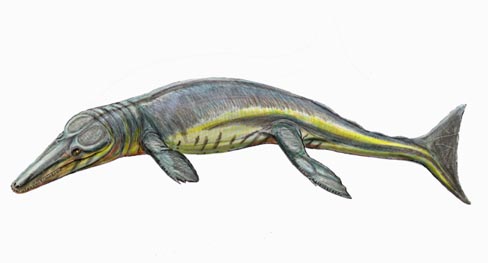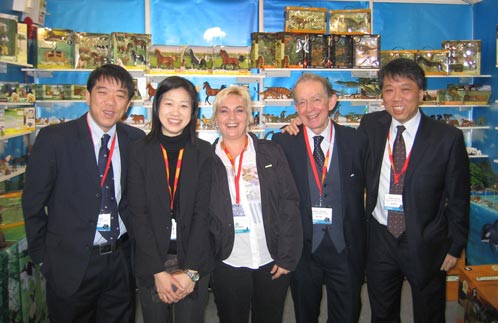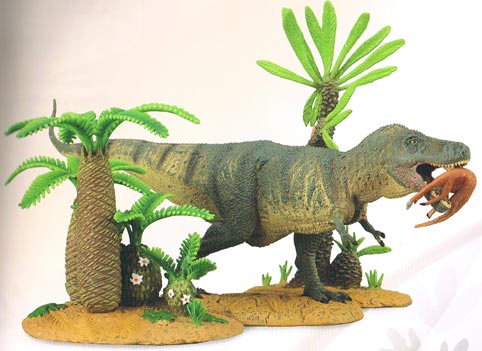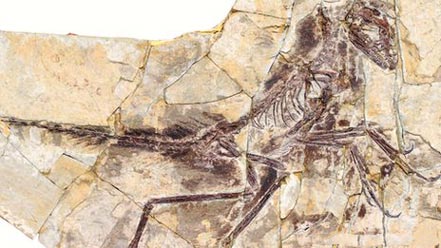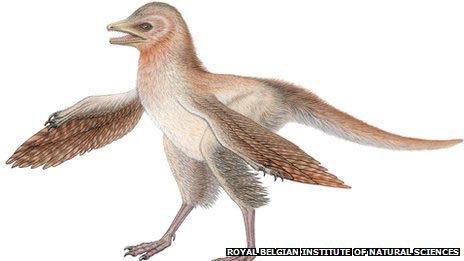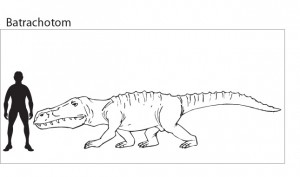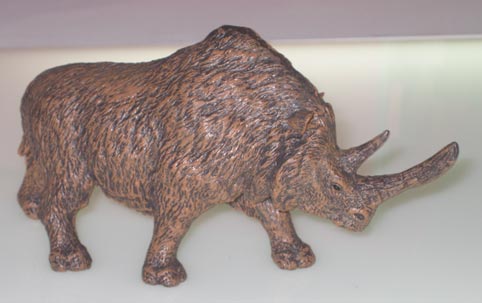New Mini Dinosaurs Triceratops Book Reviewed
A Review of the Mini Triceratops Dinosaur Book
An ideal book for very young dinosaur fans, the Mini Dinosaurs Triceratops pop up book has been cleverly designed and written in such a way as to help children from three years and upwards with their reading. It even features a big, blue Triceratops, this inclusion alone, will make this publication a firm favourite amongst budding palaeontologists.
Dinosaur Book
This book is part of a series, with each one of these hardback books featuring a different dinosaur. There is a Tyrannosaurus rex, a Stegosaurus and even one about the long-necked, giant sauropod now known as Apatosaurus. It is to the publisher’s credit that they have chosen to explain why the dinosaur formerly known as Brontosaurus is now referred to as Apatosaurus, this demonstrates the writer’s commitment to ensuring that even these children’s books contain some factual content.
The Mini Dinosaurs Triceratops book, is very colourful and each page shows a picture of at least one, blue Triceratops with questions about this horned dinosaur. The questions are just the sort of question that a curious three or four year old might ask, an example being “what did Triceratops eat?” On the page where this question is featured, the reader can then lift the flap which represents the mouth of this Late Cretaceous dinosaur and the answer is revealed.
The Mini Dinosaurs Triceratops Book
Picture credit: Everything Dinosaur
The Font Helps Children
The words are written in a large, easy to follow black font. This font will help young children to recognise letters and words and to assist them with their reading. For the parent or grandparent that reads the book along with the child, the inside of each page flap that is lifted to reveal the answer to a question posed contains more information to help explain the answer given. So for instance, when the question about the diet of this particular dinosaur is asked the adult can read the additional information about Triceratops on the inside of the page flap and this can be used to help explain the answer to the young child.
To view Everything Dinosaur’s range of dinosaur and prehistoric animal themed gifts and toys: Visit Everything Dinosaur.
Although the book is small, it has been designed so that little hands can grasp it and turn the pages. The front and back covers have also been laminated, an excellent idea as this enables the book to be kept free from any sticky finger marks with just a wipe from a damp cloth. At the back of this little publication there is a large, paper Triceratops that can be created, simply unfold the Triceratops by pulling the body portion of the page towards you and folding down the legs.
A Blue Triceratops for Young Readers
Have fun learning about dinosaurs.
Picture credit: Everything Dinosaur
This is a very clever little dinosaur book about Triceratops, one of the most popular of all the dinosaurs, especially with very young children. It is set out in such a way as to help young children with their reading development and the fun questions and answers do have a basis in the knowledge scientists have about this horned dinosaur.
Note
Following a revision of the diplodocids, Brontosaurus is now regarded as a valid genus.


